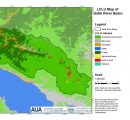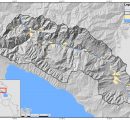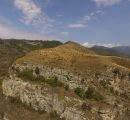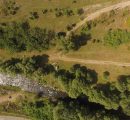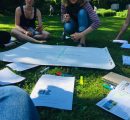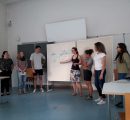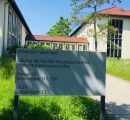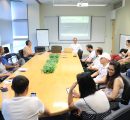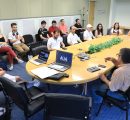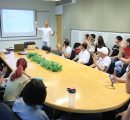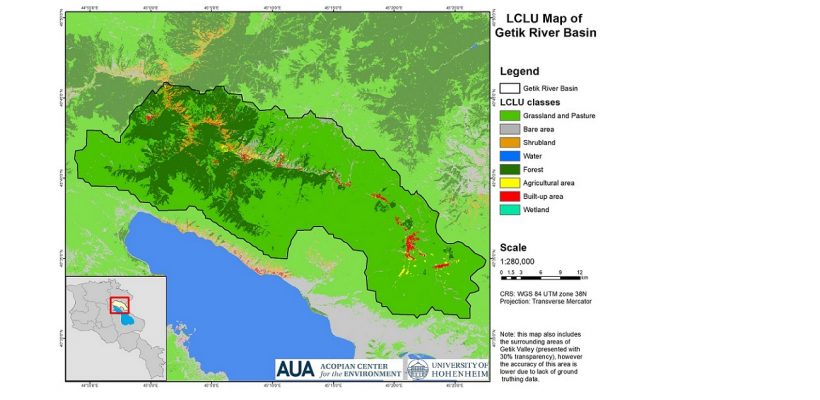
Report on GAtES Project Activities in 2018-2019
2 min readThe American University of Armenia (AUA) Acopian Center for the Environment and the University of Hohenheim (UHOH) have prepared three reports summarizing the results of the joint GAtES project activities in 2018.
The first report is on Land-Use and Land-Cover (LULC) Mapping of Getik River Basin, which provides a detailed map of current land cover conditions of the study area and how it is being used by the communities. The LULC map will serve as a baseline for monitoring changes over time. The map could also be useful for further environmental research of the area and serve as an important source of information for land management and land planning activities.
The second report is about the use of Public Participation GIS (Geographic Information Systems) online survey instrument for mapping land use patterns in Getik Valley. The research group had conducted the survey in Getik Valley to understand the benefits that the communities receive from the natural environment, examine the distribution of ecosystem services, explore existing relationships between ecosystem services and land-use and land-cover characteristics, as well as identify the problems connected to overuse of these resources. The questionnaire was developed using the Public Participation GIS (PPGIS) online tool called Maptionnaire.
The third report, Energy Use and Demand of Communities in Getik Valley, focuses on the analysis of collected non-spatial data related to energy use and energy demand to understand the role that firewood plays in fulfilling the energy demand of the local communities. The report also summarizes data on the use of fertilizers and pesticides in Getik Valley.
Other GAtES activities included a public talk on June 18, 2019 by Niklas Effenberger from UHOH on the concept of Nature-Based Solutions and their use in Europe. The speaker presented insights from two case studies (Eindhoven, the Netherlands and Tampere, Finland) from the notion of sustainability transition theory. Discussion followed on possible implications for Yerevan. The video recording of the public talk is available here.
On May 27 to June 28, 2019, two AUA graduate students – Anahit Amirkhanyan from AUA’s Master of Science in Computer Information Science (MS CIS) program and Ani Matevosyan from AUA’s Master of Political Science and International Affairs (M PSIA) – attended a four-week intensive course in Landscape Change, Resilience, and Ecosystem Services led by Dr. Claudia Bieling at UHOH. The course helped these students to enhance their knowledge on diverse environmental approaches, such as resilience thinking, adaptive co-management, ecosystem services, and much more.
On July 15-26, 2019, GIS specialist Aghavni Harutyunyan from the AUA Acopian Center for the Environment visited UHOH to work on a joint research project using PPGIS. The developed questionnaire will be used to collect spatial and non-spatial data from communities in Armenia.
The AUA Acopian Center for the Environment, a research center of the American University of Armenia, promotes the protection and restoration of the natural environment through research, education, and community outreach. AUA Acopian Center’s focus areas include sustainable natural resource management, biodiversity and conservation, greening the built environment, clean energy, and energy efficiency, as well as information technology and the environment.

